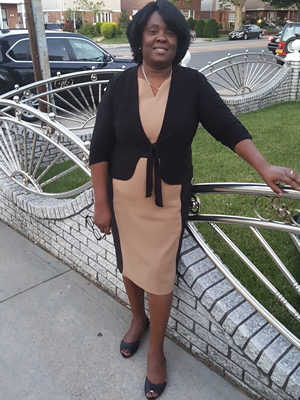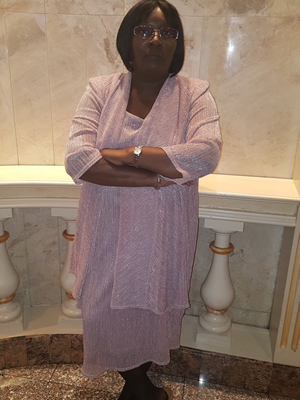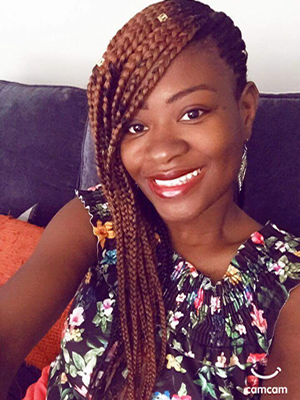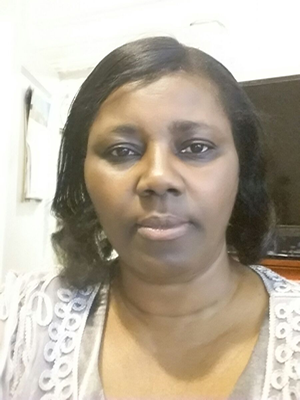Introduction to Chinese Medicine and Infertility
The cycles of fertilization, budding, maturing and bearing fruit are at the root of all natural cycles, especially the cycles of life and death. The Chinese philosophy of yin / yang, which encompasses the evolution of inward / outward, passivity / movement Light / dark, form / function, enhances our perception of beginning and end and helps us construct a view of nature, which is ever continuing, through all natural stages. A woman's menstrual cycle is one of natures' examples of the perfection of the idea of a beginning, a developing, and a comprehensive / continuing rhythm in nature. It begins a cycle as it concludes another, ends a cycle while another one begins. This understanding of the rhythm of nature makes Chinese Medicine a great tool for assessment of problems in infertility and direction for treatment. Chinese medicine offers a less expensive, less invasive and safer alternative to western treatment and has fewer side effects. It treats the whole individual. If conception is not successful with the aid of acupuncture and herbs, a woman's health will still benefit from the treatment, as it supports the general health, and well being of the patient. According to Chinese medicine, the definition of primary infertility is the failure to conceive after having regular sex without contraception for a period of two years. Secondary infertility refers to this same two-year stipulation, however, it occurs in a woman who has previously been pregnant at least once. The western definition of infertility is the failure to conceive after one year of regular sex without conception.
What is infertility? 95% of couples trying to conceive, with normal fecund ability, will conceive within 13 months of regular sexual intercourse. Approximately 10-15% of couples in the US access our health care system for difficulty with infertility. About 40% of these couples have difficulty with the male factors. 10% of these cases are considered idiopathic. The other 50% cases where the female experiences difficulty conceiving. 6.2 million women in the United States are unable to conceive. This is an increase of 26% more than 10 years ago. In 1995, approximately 2.7 women bought medical help for infertility. This was twice as many as in 1987. 10% are women between the ages of 20-29, 25% are between 30 and 39 and more than 50% are over 40 years of age. With this rise in the age of the population of women trying to conceive, (which is due to the popularity of the birth control pill, women committing to career opportunities, and economic factors effecting the quality of life of Americans) fertility is a challenge.
For more information go to my website: http://www.acupunctureenergyworks.com














 Hits Today : 1303
Hits Today : 1303 Total Hits : 1082446
Total Hits : 1082446 Who's Online : 1
Who's Online : 1